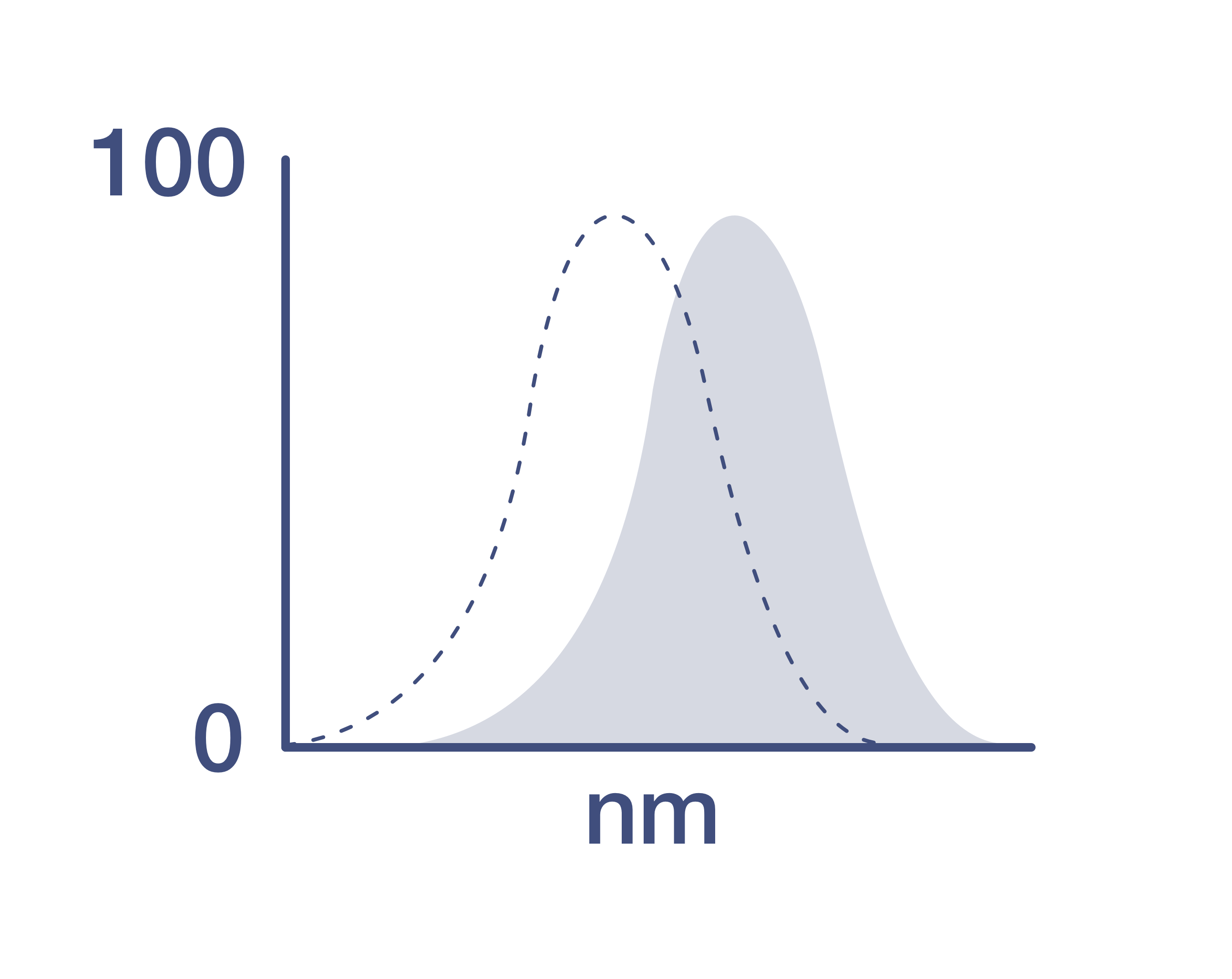Search Thermo Fisher Scientific
Invitrogen
Ly-49D Monoclonal Antibody (eBio4E5 (4E5)), APC, eBioscience™
{{$productOrderCtrl.translations['antibody.pdp.commerceCard.promotion.promotions']}}
{{$productOrderCtrl.translations['antibody.pdp.commerceCard.promotion.viewpromo']}}
{{$productOrderCtrl.translations['antibody.pdp.commerceCard.promotion.promocode']}}: {{promo.promoCode}} {{promo.promoTitle}} {{promo.promoDescription}}. {{$productOrderCtrl.translations['antibody.pdp.commerceCard.promotion.learnmore']}}
FIGURE: 1 / 2
Ly-49D Antibody (17-5782-82) in Flow


Product Details
17-5782-82
Species Reactivity
Published species
Host/Isotype
Recommended Isotype Control
Class
Type
Clone
Conjugate
Excitation/Emission Max
Form
Concentration
Purification
Storage buffer
Contains
Storage conditions
Shipping conditions
RRID
Product Specific Information
Description: The monoclonal antibody eBio4E5 (4E5) reacts with Ly-49D, an activating member of the Ly-49 family of NK cell receptors. This family of receptors form homodimers that recognize MHC Class I molecules. The activating Ly-49 receptors (Ly-49D and Ly-49H) do not contain immune receptor tyrosine-based inhibitory motifs (ITIM) in their cytoplasmic domains, distinguishing them from the inhibitory Ly-49 family members. Instead, activating Ly-49 molecules have been shown to associate with DAP12 which contains an immunoreceptor tyrosine-based activation motif (ITAM) that is required for positive signaling. Expression of different Ly-49 family members is not linked, therefore, several Ly-49 proteins can be expressed on the same cells. Expression of Ly-49D on subsets of NK cells is strain-dependent and is found in C57BL/6, CB6F1 and SJL mice, while BALB/c, DBA/2, AKR and CBA/J mice are negative for Ly-49D. In 129/J mice, eBio4E5 also recognizes Ly-49O, Ly-49V and Ly-49R. eBio4E5 is reported to have functional (activating) activity.
Applications Reported: This eBio4E5 (4E5) antibody has been reported for use in flow cytometric analysis.
Applications Tested: This eBio4E5 (4E5) antibody has been tested by flow cytometric analysis of mouse splenocytes. This can be used at less than or equal to 0.5 µg per test. A test is defined as the amount (µg) of antibody that will stain a cell sample in a final volume of 100 µL. Cell number should be determined empirically but can range from 10^5 to 10^8 cells/test. It is recommended that the antibody be carefully titrated for optimal performance in the assay of interest.
Excitation: 633-647 nm; Emission: 660 nm; Laser: Red Laser.
Filtration: 0.2 µm post-manufacturing filtered.
Target Information
Ly-49D, an activating member of the Ly-49 family of NK cell receptors. This family of receptors form homodimers that recognize MHC Class I molecules. The activating Ly-49 receptors (Ly-49D and Ly-49H) do not contain immune receptor tyrosine-based inhibitory motifs (ITIM) in their cytoplasmic domains, distinguishing them from the inhibitory Ly-49 family members. Instead, activating Ly-49 molecules have been shown to associate with DAP12 which contains an immunoreceptor tyrosine-based activation motif (ITAM) that is required for positive signaling. Expression of different Ly-49 family members is not linked, therefore, several Ly-49 proteins can be expressed on the same cells. Expression of Ly-49D on subsets of NK cells is strain-dependent and is found in C57BL/6, CB6F1 and SJL mice, while BALB/c, DBA/2, AKR and CBA/J mice are negative for Ly-49D. In 129/J mice, eBio4E5 also recognizes Ly-49O, Ly-49V and Ly-49R.
For Research Use Only. Not for use in diagnostic procedures. Not for resale without express authorization.
How to use the Panel Builder
Watch the video to learn how to use the Invitrogen Flow Cytometry Panel Builder to build your next flow cytometry panel in 5 easy steps.
Bioinformatics
Protein Aliases: Killer cell lectin-like receptor 4; killer cell lectin-like receptor subfamily A member 32; killer cell lectin-like receptor subfamily A member 33; Ly-49d; Lymphocyte antigen 49d; T-cell surface glycoprotein Ly-49D
Gene Aliases: Chok; Klra32; Klra33; Klra4; Ly-49d; Ly49-d; Ly49d; ly49r<129>
UniProt ID: (Mouse) Q60651
Entrez Gene ID: (Mouse) 16635

Performance Guarantee
If an Invitrogen™ antibody doesn't perform as described on our website or datasheet,we'll replace the product at no cost to you, or provide you with a credit for a future purchase.*
Learn more
We're here to help
Get expert recommendations for common problems or connect directly with an on staff expert for technical assistance related to applications, equipment and general product use.
Contact tech support

